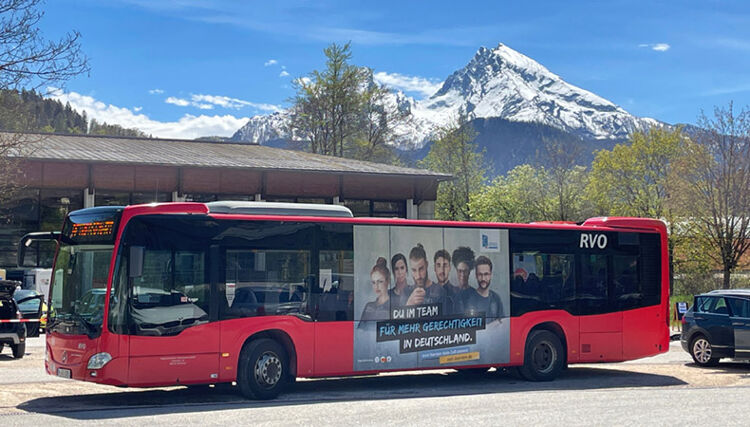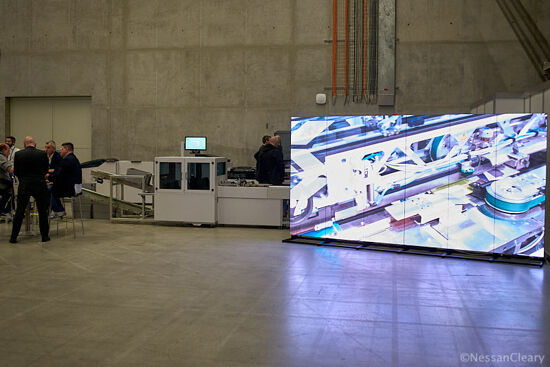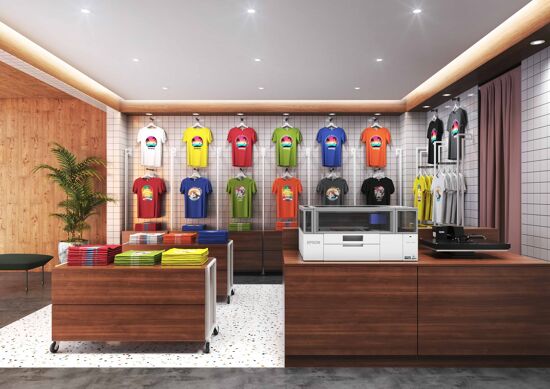The 5 most common issues when wrapping a vehicle

Vehicle wrapping is a popular and cost-effective way to transform any vehicle. However, issues can arise if the vehicle is wrapped incorrectly. This article tackles the 5 most common problems when wrapping a vehicle.
When it comes to vehicle wrapping, there are numerous potential issues that can arise. Fortunately, most of these issues are easily fixable. Here are the most common vehicle wrapping issues and how to tackle them to ensure you have the best quality wrap.
1. Poor Installation of Wraps
 CAPTION: Bubbles and wrinkles are common with low quality wrapping film. Photo: S. Angerer
CAPTION: Bubbles and wrinkles are common with low quality wrapping film. Photo: S. Angerer2. Bubbles and Wrinkles in Vehicle Wrap Film
However, if the vehicle wrapping film is printed with latex inks on appropriate substrates, lamination is not necessary.
Manufacturers of coloured and printable films for vehicle wrapping such as 3M, Avery, Hexis or Orafol, usually recommend laminates to go with their products. This can be a good idea as using a cheaper, clear film option can prove to be more expensive later on. Another factor to consider is temperature, as this can have an impact on film’s ability to stretch.
 CAPTION: For wrapping curved surfaces, use cast film only to avoid problems. Photo: S. Angerer
CAPTION: For wrapping curved surfaces, use cast film only to avoid problems. Photo: S. Angerer3. Poor Adhesion Issues
Even some of the best brands can have adhesion issues on certain vehicles. A common reason is that the surface has not been properly cleaned. A good recommendation is to ensure the vehicle has been washed and cleaned before being handed over by the customer. Before installation, it is also crucial to ensure that wherever the car has been parked that the temperature is no higher than 20 degrees. A surface cleaner should also be used e.g. Avery, on any surface that needs to be wrapped.
Wrapping a brand-new car from the assembly line comes with it’s own issues. The colour itself can take up to 6 weeks to set with the adhesive if it is not fully cured. Another factor to consider is that manufacturers sometimes change the varnish they use, therefore it’s characteristics may change dramatically.
 CAPTION: If possible, use the same printer and substrate for recurring wrap jobs – or get ready to learn some serious colour management skills. Photo: S. Angerer
CAPTION: If possible, use the same printer and substrate for recurring wrap jobs – or get ready to learn some serious colour management skills. Photo: S. Angerer4. Poor Colour Matching
When only a part of the wrap is replaced, colour consistency issues frequently develop. This can be due to the UV rays changing the surface and hues of the film and print. Therefore, it is usually a good idea to replace the whole side of a vehicle wrap to make discrepancies less noticeable.
For printed wrapping film, make sure to print every part of the design and any replacements using the same printer, using a consistent RIP and substrate. If this is not possible, try to emulate using advanced colour management.
 CAPTION: Let Eco Solvent prints rest for a minimum of 24 hours to prevent wrapping problems. Photo: S. Angerer
CAPTION: Let Eco Solvent prints rest for a minimum of 24 hours to prevent wrapping problems. Photo: S. Angerer5. Creases or Tears During the Wrapping Process
A common issue in vehicle wrapping installation is the material being creased or torn. This can be difficult to repair and may mean replacing the whole wrap altogether. Using a heat gun is key in preventing this as it helps to stretch and position the material, avoiding any wrinkles, creases, or tears.
Temperature is another key factor in vehicle wrapping, particularly when wrapping on beading and riveting. Depending on the brand, anything between 50 and 60 degrees usually works. For 3D surface wrapping, high quality cast film is a must, while cheaper vinyl is only suitable for flat or slightly curved surfaces.
Many vinyl brands offer an "Easy Apply" glue option with the backside adhesive applied in tiny dots or leaving channels, so any bubbles are easily removed. These are highly recommended for difficult wraps or training.
 CAPTION: Make sure to prepare the wrap design for the right type und make, there are serious year-to-year differences between even well-known models. Photo: S. Angerer
CAPTION: Make sure to prepare the wrap design for the right type und make, there are serious year-to-year differences between even well-known models. Photo: S. Angerer
Understanding these vehicle wrapping problems will ensure a successful wrap every time. Resulting in vehicle wraps that last for years and happy customers.
Main image caption: Some problems in car wrapping are quite common, here is how to fix them or even prevent them from ever happening. Photo: S. Angerer
Topics
Interested in joining our community?
Enquire today about joining your local FESPA Association or FESPA Direct
Recent news

The importance of Personalisation in Direct Mail - The Power of Print
Jeroen van Druenen, CCO of Jubels discusses how personalised direct mail, especially print, boosts engagement and ROI by tailoring content to individual recipients. Using variable data printing (VDP), marketers create unique designs and offers, enhancing relevance and fostering stronger customer relationships. Physical mail's tangibility and lasting impact further amplify personalisation's effectiveness.

What are the current trends for digital screens?
Digital screens are evolving rapidly, moving beyond simple signage. MicroLED technology improves resolution and efficiency, while 3D and AR displays offer immersive experiences. AI is transforming content creation and analytics, personalising interactions and optimising screen placement. Larger, wall-sized screens and temporary rentals at events are becoming more common. As screens become ubiquitous, innovation focuses on eye-catching solutions to maintain audience engagement.

Hints and tips for vehicle wrapping success
While rising demand for vehicle wrapping is good news for the industry, this is placing more pressure on companies to deliver quality work at a solid pace. Here, Rob Fletcher picks up some tips from several experts in this sector to help wrappers operate smoothly.

What are the opportunities in Personalisation for Sportwear and Signage?
Rob Fletcher discusses the growing importance of personalisation and digital innovation across sectors. Major brands use personalised print to engage customers and boost sales. Personalised sportswear demand is increasing, and companies like Eurojersey embrace sustainable manufacturing and digital transformation.